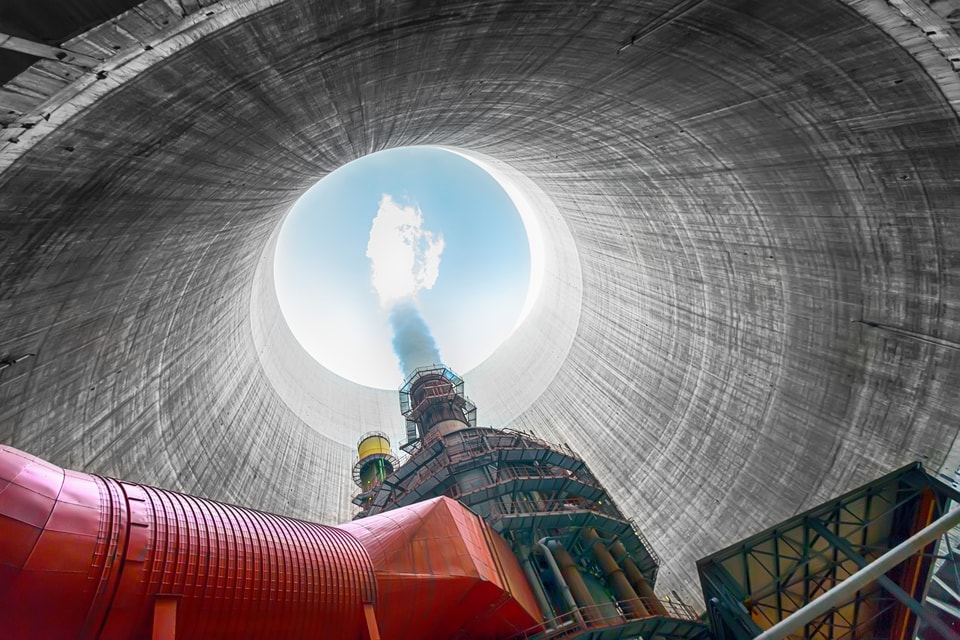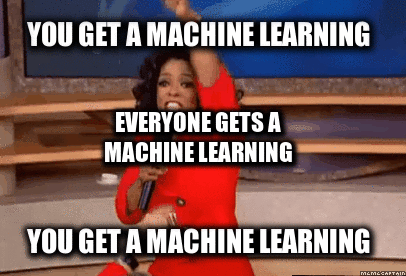Memo Published October 4, 2017 · 4 minute read
Five things we learned about the future of nuclear…from people who don’t do nuclear.
Todd Allen & Emily Estus

Since nuclear energy’s heyday in the 1960’s, industry engineers and technologists have gradually siloed themselves off into laboratories, power plants, and offices within government agencies. While working in a comfortable and well-established system is good for industry stability, it’s not so great for innovative thinking.
That’s why Third Way, in conjunction with the University of Wisconsin, Boise State University, and the Gateway for Acceleration in Nuclear Initiative, created the Nuclear Futures program, a conversation about the future of nuclear that includes academics, think tank staff, national laboratory staff, and private sector energy entrepreneurs with all kinds of expertise. Some were fans of nuclear; others were not—but everyone was interested in joining the conversation. You can get a more detailed rundown of the conversation here. But these are the top five things we learned.
1. When current nuclear technology gets stuck…

First-generation nuclear was established at a time when electricity demand in the U.S. was soaring, when the electric grid was centralized, and when power was sent in a one-way flow to customers. Back then, it made economic sense to build large plants and run them steadily and as close to full capacity as possible, especially when the bulk expense of building a reactor came from upfront costs like licensing and construction.
Now, electricity systems and their associated markets have become more complex. As solar and wind have become cheaper and more prevalent, market structures and grid controls have evolved to manage times when the sun doesn’t shine and wind doesn’t blow. Flexibility is increasingly valuable, and new capacity is needed in smaller increments than before.
2. …new reactors must rise to the challenge

Advanced reactor developers should be ready to meet new demands of the market and take advantage of new revenue streams. This means designing smaller reactors that take less time and investment to license and build—and it means taking advantage of U.S. demand for dispatchable carbon-free electricity, industrial process heat, and off-grid applications.
3. Innovating on innovation

Innovation in the industry doesn’t have to come just from inventing new reactor types. The nuclear community should find ways to utilize cutting-edge technologies from other sectors that could help decrease costs, improve performance, and create new product types.
For one, modern machine learning and data analysis techniques—like the kinds used in driverless cars and Google translate—could simplify plant operation and make it easier to tailor reactor designs to specific geographic sites. 3D printing could lead to cheaper and more readily available replacement parts and plant fixes. And aviation companies like Boeing have led the way to replacing physical prototype models with computerized ones. Given the complexity and expense of building prototypes in the nuclear space, better use of digital modeling and computational-driven insights could be a huge boost for the industry.
4. Prizes: not just for sweepstakes winners

The Orteig Prize, given to Charles Lindbergh for being the first aviator to fly non-stop from New York City to Paris, was seen as critical in establishing confidence in commercial aviation. Grand challenges and incentive prize competitions for accomplishing engineering achievements that were traditionally seen as impossible has worked in other fields—why not nuclear?
Innovation prizes or grants could be funded by the government, individual philanthropists, or both. They could reward entrepreneurs who develop advanced nuclear technology to provide power to remote communities, streamline nuclear designs to generate power more cheaply, or integrate nuclear with other clean energy sources to create carbon-neutral energy grids.
5. OK, you’ve got a point there

Not everyone in the room was gung-ho about nuclear. But most participants acknowledged that a strong domestic nuclear sector has its benefits, not least of which is an insurance policy against market fluctuations and climate change. Maintaining U.S. leadership in nuclear energy is vital if we want to continue influencing international safety and proliferation norms. It’s also a particularly effective way to create jobs and boost exports. If it can produce these kinds of returns, public investment in U.S. nuclear seems pretty sensible.
If the U.S. is going to continue reaping the benefits of nuclear energy in a changing market, the nuclear industry will need to heed this kind of advice, and see what other lessons can be learned by getting outside of its comfort zone. We’ve got more Nuclear Futures conversations in the works. Stay tuned.

